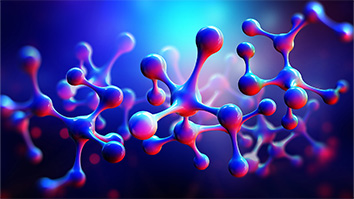Citation
Whiting, G. L.; Ng, T.; Lavery, L. L.; Schwartz, D. E.; Daniel, J. H.; Uhland, S.; Russo, B.; Krusor, B. S.; Gaikwad, A. M.; Steingart, D.; Arias, A. C.; Veres, J. Printed circuits and sensors for flexible electronic devices. International Conference on Flexible and Printed Electronics (ICFPE); 2012 September 6-8; Tokyo, Japan.
Abstract
Low-temperature processable materials and the use of printing as a manufacturing technique could enable fabrication of flexible electronic systems over large areas at low-cost, potentially allowing for novel applications and more widespread use of such systems. In this report recent developments made in printed systems technology will be presented, including examples of printed complimentary circuits, sensors and power sources fabricated using techniques such as ink-jet and screen printing. In addition to the fabrication of individual components, printing readily enables the integration of multiple devices to create more complex functional systems, such as addressable memory, or sense-and-record systems. The foundation of this work is ink-jet printed complimentary circuits based on organic field-effect transistors (FETs), which have the advantage of lower power consumption and simpler design when compared with unipolar circuits. In order to fabricate more highly functional systems, printed input components such as piezoelectric pressure sensors, metal oxide temperature sensors, and bulk heterojunction light sensors have been developed. To provide power to these electronic systems flexible printed batteries based on alkaline chemistry have also been fabricated. In addition to these devices this report will also discuss issues surrounding the development of printed electronic systems, such as device variation and stability.


